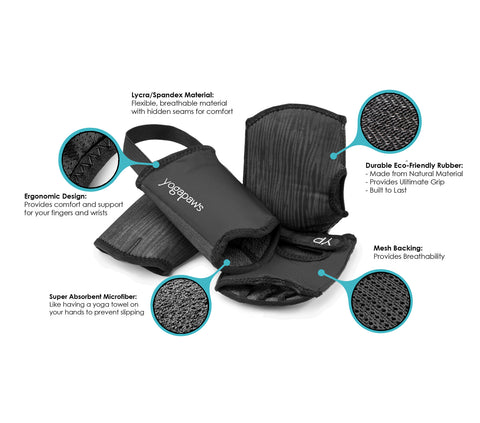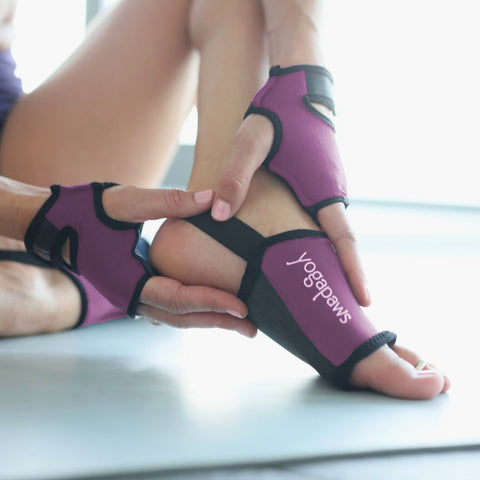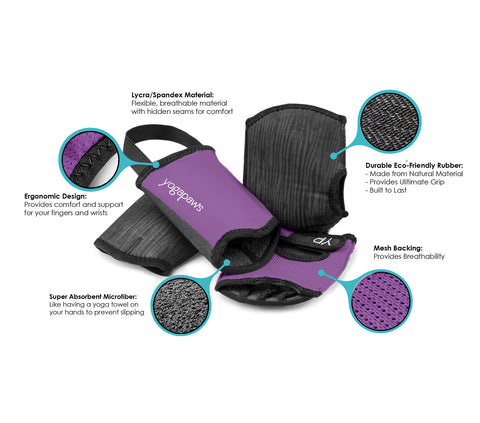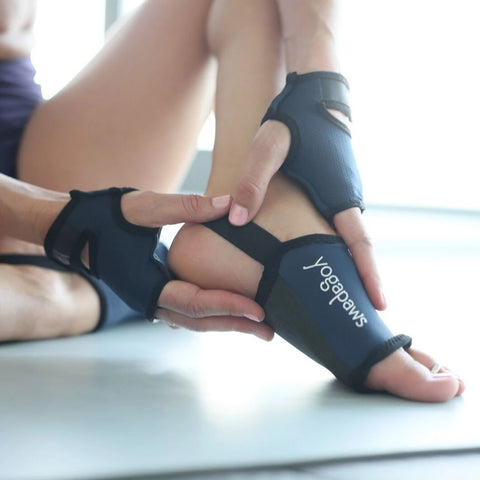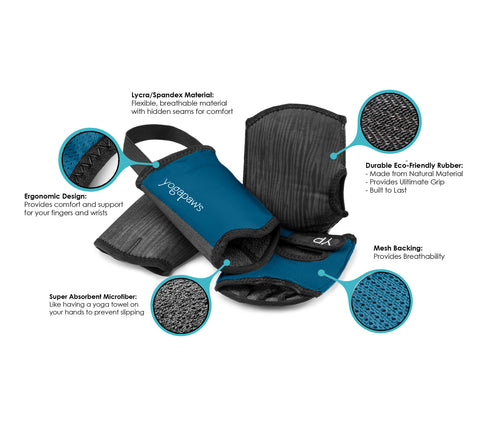Posted on January 01 2018
 When you see the calendar show a new year, it feels like anything is possible. You vow this will be the year you finally knock “that” thing off your to-do list, whether it’s move, change jobs, or lose weight. Looking at the year on January 1st, it seems like there is plenty of time and energy to do what you want to do. But, by the end of January, cold weather and busyness make it all too easy to slip back into your comfort zone.
When you see the calendar show a new year, it feels like anything is possible. You vow this will be the year you finally knock “that” thing off your to-do list, whether it’s move, change jobs, or lose weight. Looking at the year on January 1st, it seems like there is plenty of time and energy to do what you want to do. But, by the end of January, cold weather and busyness make it all too easy to slip back into your comfort zone.
If like many people, you blame lack of willpower for not being able to achieve what you want to achieve, you might need to change your perspective slightly. No matter how much you want something and how hard your work for it, lasting change (or even drastic change) can only come if you are able to rewrite your attitude toward that thing. The baggage most people carry around about a certain issue makes it hard not to drag the negativity of any past unsuccessful attempts into the current one.
These kinds of thought patterns are referred to in Hindu-thinking as samskaras. Every decision you’ve made or action you’ve taken creates a samskara in your mind. While they can be either positive or negative, you might be prone to noticing the negative ones, especially if you are trying something that you have struggled with in the past. Freeing yourself from negative samskaras means detaching your current situation from any past ones.
The yogic idea of “living in the present” is a good starting point for doing just that. While it’s great to have a plan for the future and to learn from the past, you live in today only. So, as you try to change, you first need to learn how to focus on the present moment.
Whatever happened the last time you tried for this or a similar goal, is a closed chapter. It may have been relevant to the person you were at the time. Maybe, you needed to learn perseverance rather than “acing” the task the first time. Or, perhaps, the thing you wanted at that time really wouldn’t have served you in the long term. Your inner wisdom may have been telling you that you were exerting a lot of energy trying to accomplish something that didn’t resonate with your true self. If you have a tendency to carry that negativity forward, make a conscious effort to release that mental baggage. Remind yourself that you have learned that lesson, and are ready and able to move forward with new skills and determination.
So, as you set your intention and create a plan to reach it, take some time in meditation to examine why you want to reach this goal. Is it really something you want or something someone told you to wanted? And, if you get there, what will be the benefit? How will your life change? How will you change? If, after reflection, you feel that tingle of excitement about starting down this path, then go for it. You are not the same person you were yesterday or 10 years ago. The “you” that is starting this journey clearly has every chance to succeed.
Yoga reinforces that perspective. Most yoga practices include a core range of poses. So, you’ve probably done Adho Mukha Svanasana (Downward-Facing Dog Pose), Tadasana (Mountain Pose), and Plank Pose more times than you can remember. But, your experience of those poses is different every time you come to your mat. Maybe you used to struggle to hold Plank Pose, but now you can focus on lengthening through your feet. Maybe your heels now reach the floor in Adho Mukha Svanasana, so your awareness moves toward your breath. These things demonstrate your ability to grow and change, making them good reference points for trying to manifest change in your life.
Whether you’ve just taken your first yoga class and/or are checking out advance pose videos on Yoga Journal’s site, or any of the various yoga offerings on YouTube, you’ve experienced yoga’s unique ability to instill a “yes, you can” belief in your mind, body, and spirit. It’s a rare practice that doesn’t reveal something to you — something that empowers you and liberates you from the idea that you’re bound to fail. Your practice gives you tangible proof that you can accomplish anything you choose to do. Sure, you’ll wobble or even fall a few times. You’ll take steps backward and sideways. But you’ll also learn, and that knowledge will not only bring your goal closer but also suggest new avenues to explore. The only real failure is not trying at all.
Here are some poses to help you wipe clean your personal slate:

|
Upavistha Konasana (Wide-Angle Seated Forward Bend) Benefits: This pose allows you to see and feel your body evolve as you practice it. How to do it: Start in Dandasana (Staff Pose). Leaning slightly back with your hands behind you, open your legs to a right angle. Then, press your hips forward to widen your legs somewhat further. Keep your kneecaps and toes pointing upward. Slowly move your hands forward as you stretch from your hips. Keep your back long. You should think of your belly touching the floor before your chest to keep from rounding your back. Hold for at least one minute. |
 |
Paripurna Navasana (Boat Pose) Benefits: This pose helps you to feel centered, making it easier to focus on the present. How to do it: Start in Dandasana. Place your hands behind you. Engage your core to lift your legs until your shins are parallel to the ground. Exhale and bring your arms off the floor so that they point forward. If you can, stretch your legs. If you’re new to this pose, you can support your thighs with your hands. Hold for 10 to 20 seconds. |
 |
Urdhva Prasarita Eka Padasana (Standing Split) Benefits: As you deepen your practice of this pose, you will be reminded of your body’s ability to change. How to do it: Start in Virabhadrasana II (Warrior II Pose). Your right leg will be in front. Sweep your left arm around to end over your head. Then, turn your body so that your torso lays down over your right thigh (you will need to pivot your left heel as you do this). Your hands should be on the ground on either side of your right foot or on blocks. Move them slightly forward and shift your weight in to your right foot. As you do that, raise your left leg until it is perpendicular to the floor. If you can, clasp your right ankle with your hands. Think of sending energy down into the floor to lift your left leg. Hold for 30 seconds to one minute, then release and repeat on the other side. |
Clear the air. If you’ve had difficulty with a particular issue in the past, it can help to sit down and make a physical list of your previous attempts. Then, destroy it — you can burn it, bury it, shred it or whatever else helps you feel like you have made a break with that samskara.
Be accountable. Vocalizing your goals, especially to a friend or family member who will keep you on track, is a great way to prevent backsliding. Share them with anyone you can trust to help you out. Write out a contract with yourself and sign it. Be as specific as possible. The clearer the goals are in your mind, the easier they will be to reach.
Remember that while samskaras can be hard to break -- you can do it. Just as your body stretches and becomes more malleable and stronger as you work on physical yoga poses, your mind also becomes more responsive as you work to reshape your thought patterns. Happy New Year!
Featured Yogi (top of page): @yogaelixir


